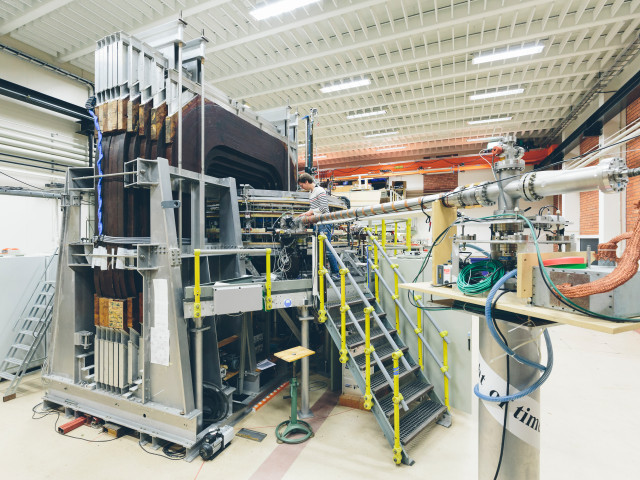Registered students find further information about the implementation of the course in the course room in Canvas. A link to the course room can be found under the tab Studies in the Personal menu at the start of the course.
Labs:
1. Numerical simulation on photonic crystals (4 hrs)
2. Semiconductor lasers (4 hrs)
Course objectives:
After the course, the students will be able to
1. Explain working principles of basic photonic devices,
2. Make simple calculations to quantify performances of various photonic devices,
3. Choose appropriate photonic devices for achieving certain system requirements,
4. Tell technological limits of several photonic devices such as solar cells, displays, LED bulbs, and describe potential solutions to those problems.
Grading scale: A-F
Examination:
To pass the course, one should attend the lab sessions and submit the lab reports with an acceptable quality, plus attain at least 50% points in the final written examination. The written exam has in total 24 points, 8pts for each of the three subject areas. A student should attain a minimum of 4 points from each subject area to get a pass.
Text books:
Compendium based on various sources
Replaces IO2655
